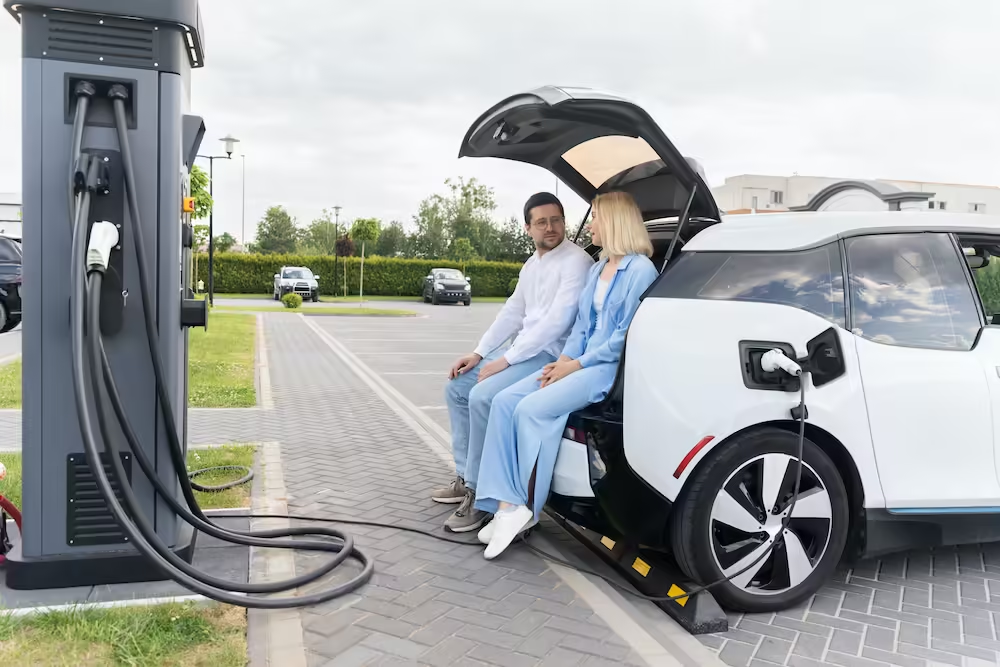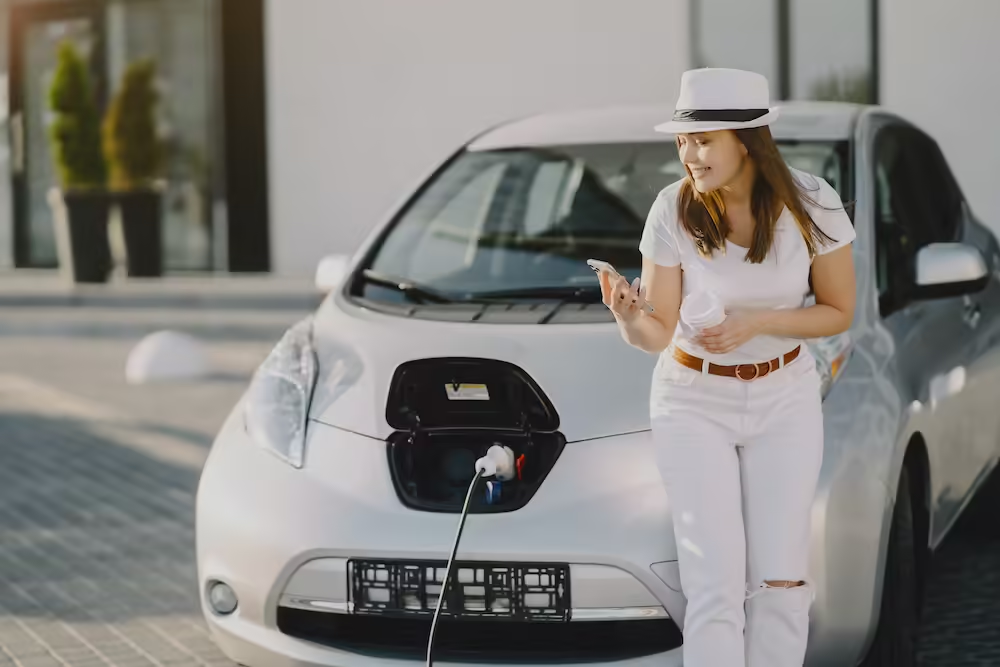
The electric vehicle (EV) industry is accelerating faster than ever, driven by technological advancements, environmental concerns, and global policy shifts. Over the next five years, EVs are expected to become more accessible, affordable, and integrated into our everyday lives. This blog explores the future of EVs, highlighting key trends, challenges, and opportunities that will shape the industry by 2029.

1. Rapid Technological Advancements in Battery Technology
One of the most critical factors driving the growth of EVs is the rapid advancement in battery technology. The next five years will likely see significant improvements in battery energy density, charging speeds, and overall efficiency. Here’s what to expect:
- Solid-State Batteries: A major breakthrough on the horizon is the development of solid-state batteries, which promise higher energy density, faster charging times, and enhanced safety compared to current lithium-ion batteries. Companies like Toyota and QuantumScape are leading the charge, with plans to commercialize these batteries by the mid-2020s.
- Faster Charging: Ultra-fast charging technology will become more widespread, with the capability to charge EVs to 80% in under 10 minutes. This will significantly reduce one of the main inconveniences associated with EVs, making them more comparable to refueling a gasoline vehicle.
- Longer Range: With improved battery technology, the average range of EVs is expected to increase, potentially reaching up to 500-600 miles on a single charge for some models. This will alleviate range anxiety, one of the biggest barriers to EV adoption.
2. More Affordable and Diverse EV Models
Price has been a significant barrier to EV adoption, but that’s rapidly changing. In the next five years, the cost of EVs is expected to decline due to several factors:
- Decreasing Battery Costs: Battery prices have already dropped dramatically over the past decade, and this trend is expected to continue. By 2027, battery costs are projected to fall below $80 per kWh, making EVs as affordable as internal combustion engine (ICE) vehicles.
- Government Incentives and Subsidies: Many countries are providing incentives to boost EV adoption, including tax credits, rebates, and lower registration fees. These incentives will likely continue, making EVs more attractive to a broader audience.
- Expansion of Vehicle Types: The market will see a wider range of EV models, from compact cars and luxury sedans to SUVs and trucks. Automakers are increasingly investing in electric versions of popular models, ensuring that there is an EV to meet every consumer’s needs.

3. Expansion of Charging Infrastructure
One of the critical factors for widespread EV adoption is the availability of charging infrastructure. Over the next five years, significant investments will be made globally to expand and improve charging networks:
- Widespread Public Chargers: Governments and private companies are working to install millions of public chargers worldwide. This expansion will reduce charging wait times and make it easier for EV owners to find a nearby charging station, whether in urban or rural areas.
- Smart Charging Solutions: Innovations in smart charging will allow EVs to communicate with the grid, optimizing charging times based on electricity demand and prices. Vehicle-to-grid (V2G) technology will also become more prevalent, enabling EVs to supply power back to the grid during peak demand periods.
- Wireless Charging: Inductive or wireless charging technology is expected to gain traction, allowing EVs to charge without needing to plug in. This technology will be particularly useful for autonomous vehicles and public transport systems, simplifying the charging process.
4. Increased Focus on Sustainability and Recycling
As EV adoption grows, the environmental impact of battery production and disposal will come under greater scrutiny. The next five years will see a stronger focus on sustainability throughout the EV lifecycle:
- Green Manufacturing: Automakers are investing in greener manufacturing processes, including using renewable energy in factories and sourcing raw materials responsibly. Companies like Tesla, BMW, and Rivian are setting industry standards by aiming for carbon-neutral vehicle production.
- Battery Recycling and Second-Life Applications: With the rise in EVs, battery recycling will become a crucial industry. Companies are developing methods to recycle used batteries to recover valuable materials like lithium, cobalt, and nickel. Additionally, second-life applications, such as using old EV batteries for energy storage systems, will help extend their usefulness and reduce waste.

5. Autonomous and Connected EVs
The convergence of electric vehicles with autonomous driving technology will revolutionize transportation in the next five years. While fully autonomous cars may still be a decade away, significant strides will be made toward semi-autonomous features:
- Advanced Driver Assistance Systems (ADAS): Many EVs already come equipped with ADAS features like adaptive cruise control, lane-keeping assist, and automated parking. These technologies will become more sophisticated and widely available, enhancing safety and convenience.
- Connected EVs: Future EVs will be more connected than ever, with seamless integration of smart features like real-time navigation, over-the-air software updates, and enhanced vehicle diagnostics. These connected systems will improve the driving experience and enable vehicles to communicate with each other and the surrounding infrastructure.
6. Challenges Ahead: Grid Capacity and Supply Chain Issues
While the future of EVs looks promising, several challenges must be addressed to ensure sustainable growth:
- Grid Capacity and Energy Demand: As EV adoption increases, the demand for electricity will put pressure on power grids, especially during peak hours. To mitigate this, investment in grid upgrades, renewable energy sources, and smart grid technologies will be essential.
- Supply Chain Vulnerabilities: The EV supply chain, particularly for critical minerals like lithium, cobalt, and nickel, faces geopolitical and environmental challenges. Securing a sustainable and ethical supply of these materials will be crucial to support the industry’s growth.
- Consumer Education and Misinformation: There is still a need for greater consumer education on EV benefits, maintenance, and charging. Addressing misconceptions and providing transparent information will be key to overcoming resistance and encouraging widespread adoption.

Conclusion: The Road Ahead for EVs
The next five years will be transformative for the electric vehicle industry. Technological advancements, increased affordability, expanded charging infrastructure, and a focus on sustainability will drive EV adoption to new heights. While challenges remain, the momentum behind EVs is undeniable, and their role in shaping a cleaner, smarter, and more connected future is clear. By 2029, EVs will no longer be seen as the alternative but rather as the norm, marking a significant shift towards a more sustainable world.
The future of electric vehicles is bright, and the road ahead promises innovation, growth, and a new era of mobility that benefits consumers, businesses, and the planet alike.

Leave a Reply